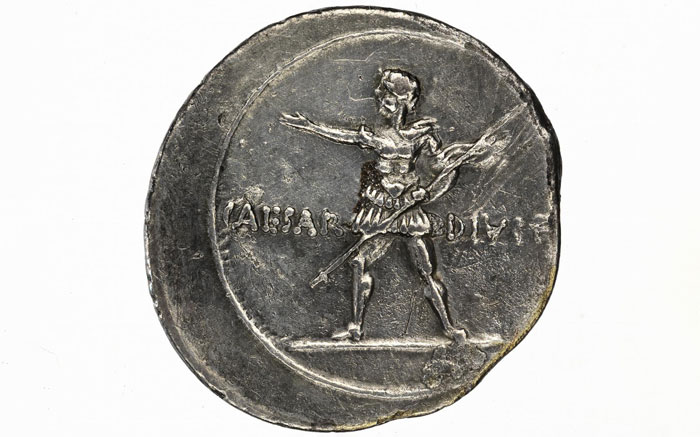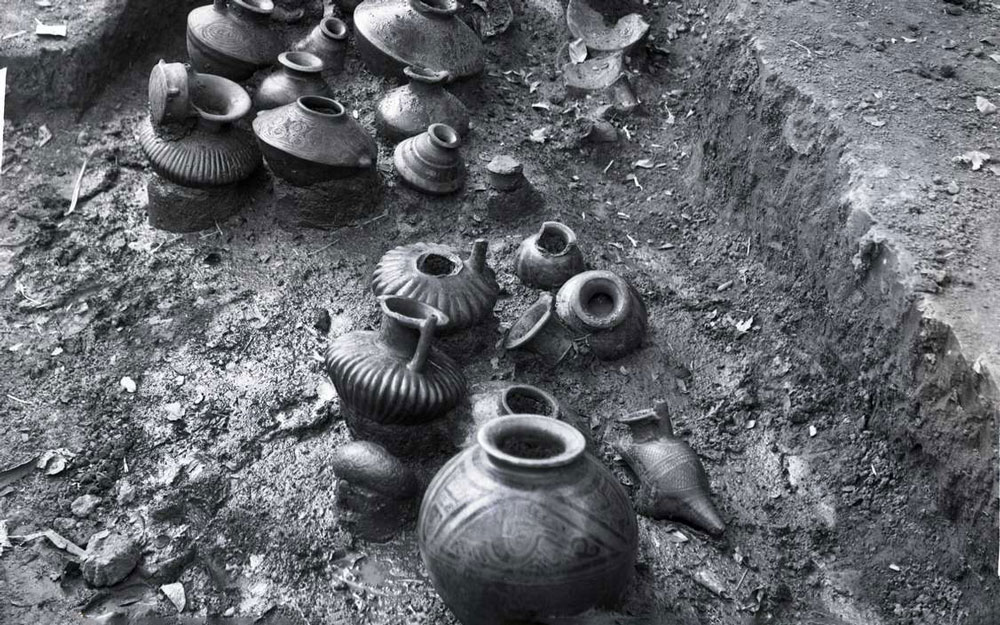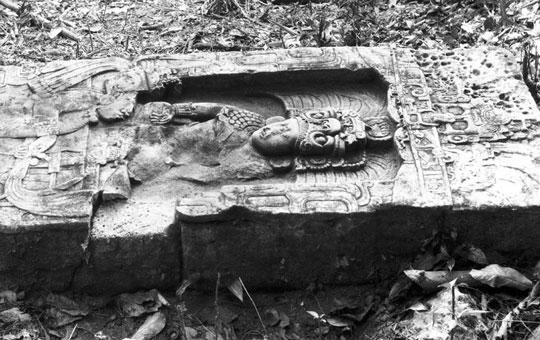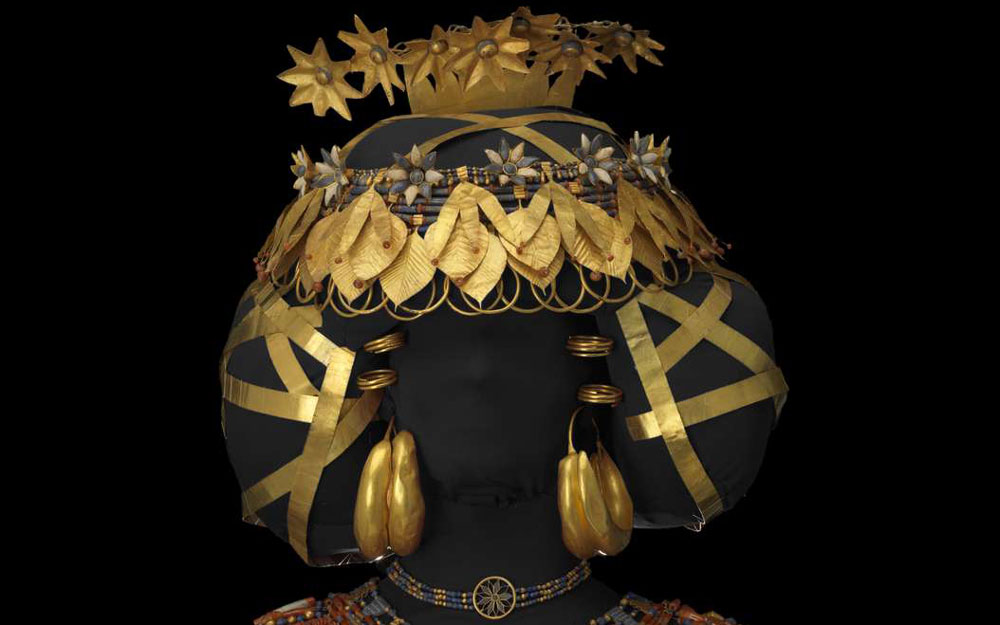Online Collections
Explore Penn Museum collections information, images, archival films, and more.
Notice for Collections Content
These records describe cultural and historical items that may be culturally sensitive. Some records may document human remains; others may contain names, images, or recordings of deceased individuals or include information or language that is outdated, offensive, or incorrect. These are based on past collecting practices and interpretations, which may not reflect current views and values of the Penn Museum.
We update records and images regularly and encourage and welcome members of descendant communities, scholars, and others to contact us with feedback, questions, or concerns.

Great Revolutionaries
2021-2022 Lecture Series
Throughout history, there have been outstanding leaders and change-makers that have guided societies through times of great difficulty and triumph. Explore the stories behind a diverse mix of revolutionaries who brought dramatic change to their societies from ancient times to today.
Watch Series
Ur, Iraq
Located in southern Iraq, Ur was one of the most famous archaeological excavations during the early 20th century. The work at Ur brought the magic of archaeology to life, particularly by tying the discoveries into familiar biblical stories. Between 1922 and 1934, the Joint Expedition of the British Museum and the Penn Museum uncovered some of the most well-known and celebrated art from ancient Mesopotamia.

Sitio Conte, Panama
In the early 20th century, the Conte family noticed that the shifting course of the Rio Grande de Coclé was exposing ancient burials on the river’s edge. In 1940, the Penn Museum excavated Sitio Conte (Conte Site) and found archaeological evidence of a large cemetery including an impressive burial of a chief that had been buried with lots of gold and numerous other individuals.




